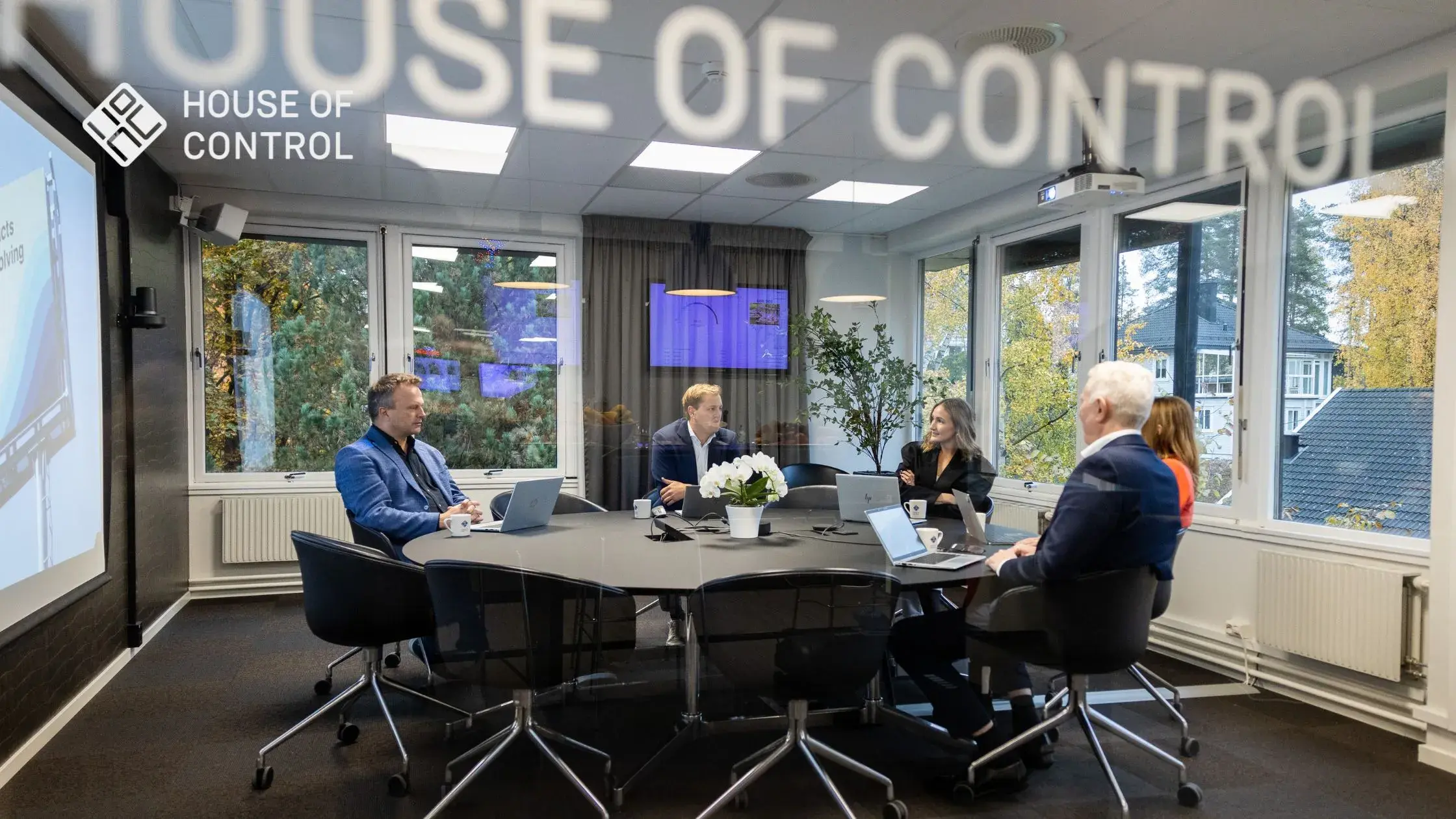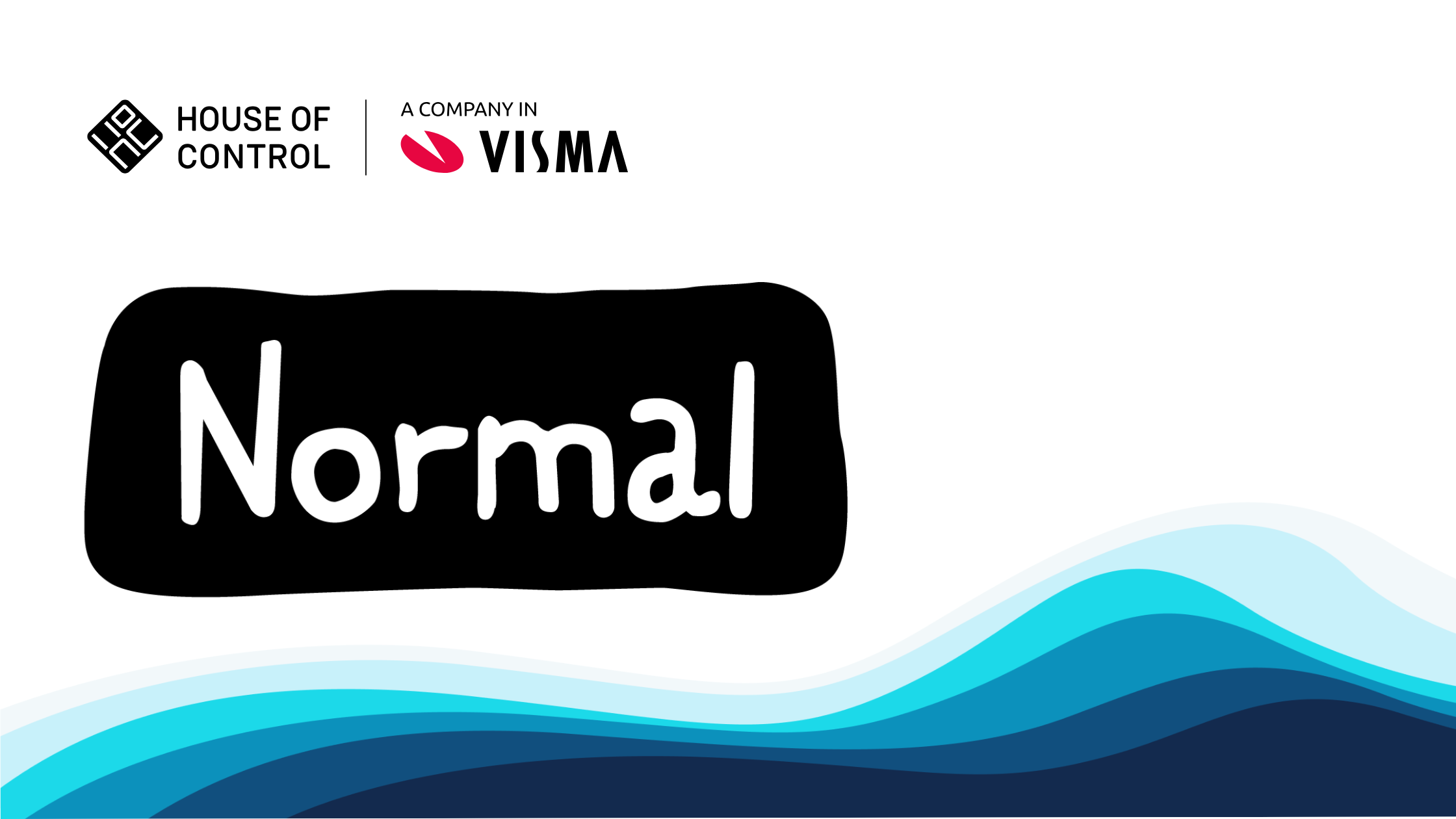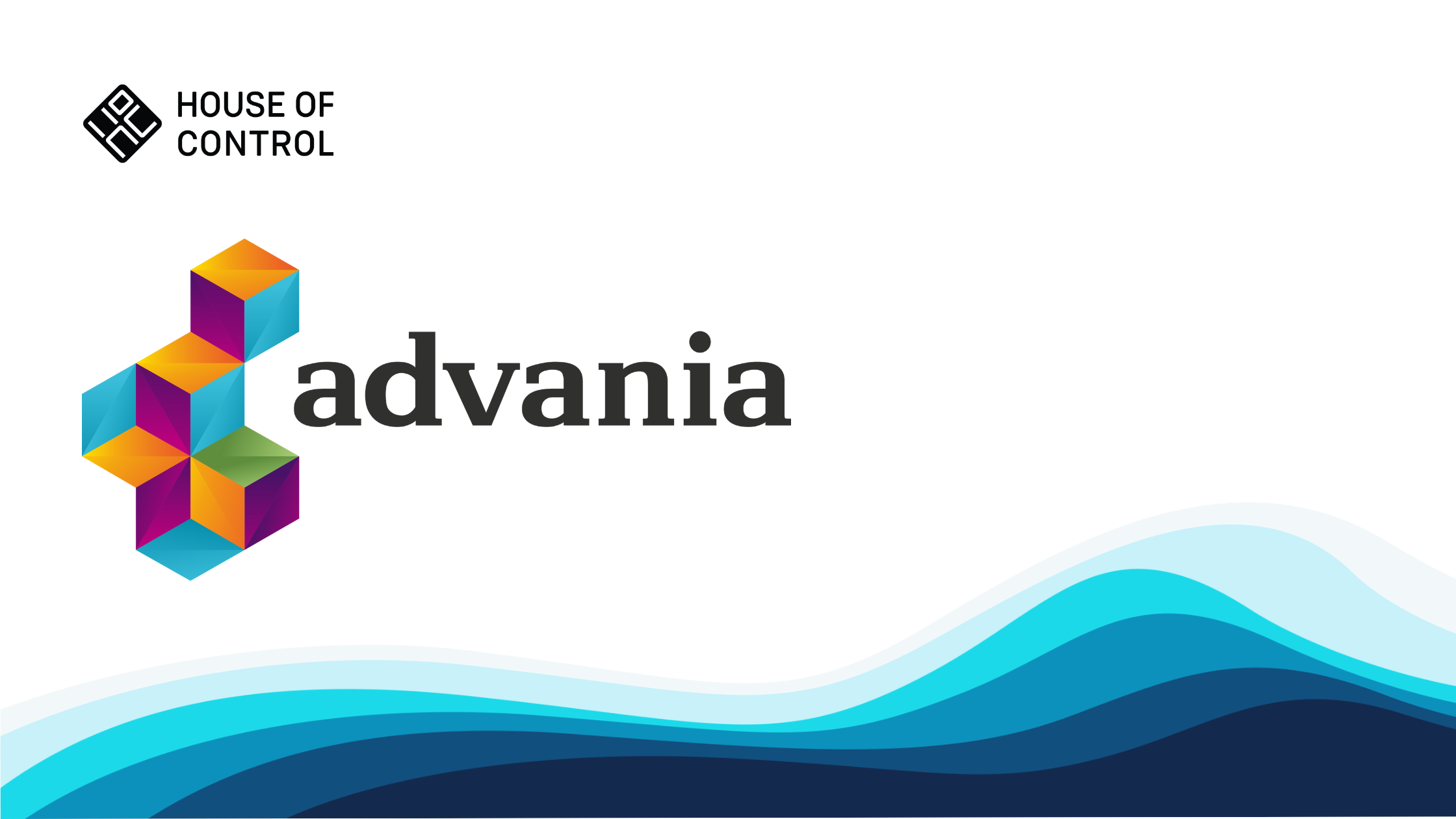.webp)
FRS 102 Section 20: Why spreadsheets break – and how to get it right
Lease accounting and reporting just got more complicated for UK SMEs. However, it can be done with ease and precision,...
Here you’ll find valuable insights on contract management, DORA, IFRS 16, NIS2, the Transparency Act, CSDDD, and other essential finance and compliance topics. Stay informed with in-depth articles that drive smarter financial decisions, support strategic growth, and discover how House of Control’s software solutions can assist your business.
Sort by topic, use the search bar or scroll through all of the blog articles we've created further down.
.webp)
The IFRS 16 lease accounting standard impacts financial statements. This is how the standard affects financial ratios that investors typically use to measure company performance.
.png)
Understanding IFRS 16 can be complex—but it doesn’t have to be. This cheat sheet breaks down the essentials of the lease accounting standard so you can quickly get up to speed and stay compliant.
.png)
Efficient contract management processes are essential for businesses of all sizes. We’ve gathered the best tips for contract management to help you improve your approach and outcomes.
.webp)
The IFRS 16 standard for lease accounting impacts several year-end activities as well as the annual financial statements. This article explores what you need to know, and how to prepare.

To lease or not to lease, that’s the question that impacts business decisions most. However, the IFRS 16 standard may also have real-world implications.
.webp)
Lease accounting and reporting just got more complicated for UK SMEs. However, it can be done with ease and precision,...

With stricter audit demands under FRS 102 Section 20, preparing your leases properly is the key to a faster and more...

In 2026, many organizations with material operating leases will see EBITDA rise while interest and depreciation...
.webp)
Strong financial leadership is about more than just numbers. Investors and boards want to be sure an organization can...
.webp)
From folders on one PC to cloud-based contract management: Jettime uses House of Control to ensure efficient contract...
.webp)
FRS 102 is the main UK GAAP standard for most UK and Republic of Ireland companies not using full IFRS. Most amendments...
%20(2).webp)
Lease accounting is about to change for many UK and Irish organisations. If you report under FRS 102, the routine has...

When you have over 600 leases across the Nordics, you can't afford to lose track. That's why Normal chose to digitize...
.webp)
We're proud to announce that we've been granted research funding for an exciting innovation project, using artificial...

Many CFOs know that DORA compliance is essential, but they often underestimate what it really involves. Building...

Getting started with IFRS 16 for the first time? Lease accounting can be tricky, it takes attention to detail and a...
.webp)
How should multi-entity organisations handle IFRS 16 reporting across different currencies and subsidiaries while...
.webp)
This article examines an important IFRS 16 challenge: What’s the best approach for handling CPI-linked lease...
%20(1).webp)
Struggling with IFRS 16 complexity? Learn how to simplify lease liability and right-of-use asset calculations – and...

Advania Denmark is a rapidly growing IT provider with ambitious growth targets. With a large number of customer...
.webp)
The IFRS 16 lease accounting standard impacts financial statements. This is how it affects 12 key financial ratios that...
.webp)
How do you move from managing leases in Excel to specialized lease accounting software? This guide walks through the...
.webp)
Lease terminations and buyouts are frequent IFRS 16 challenges. Getting them right means more than compliance: it...
.webp)
IFRS 16 is more complex in consolidated accounts, with intercompany leases, elimination entries, and differences...
.webp)
DORA board responsibilities and executive accountability are central to the EU’s new digital resilience framework....
.webp)
Imagine your CEO calls late on a Friday, requesting by Monday morning a complete overview of all contracts and their...
Are you still unsure about us? Or perhaps you want to talk to a real human? Get in touch directly and ask your questions to one of our experts.